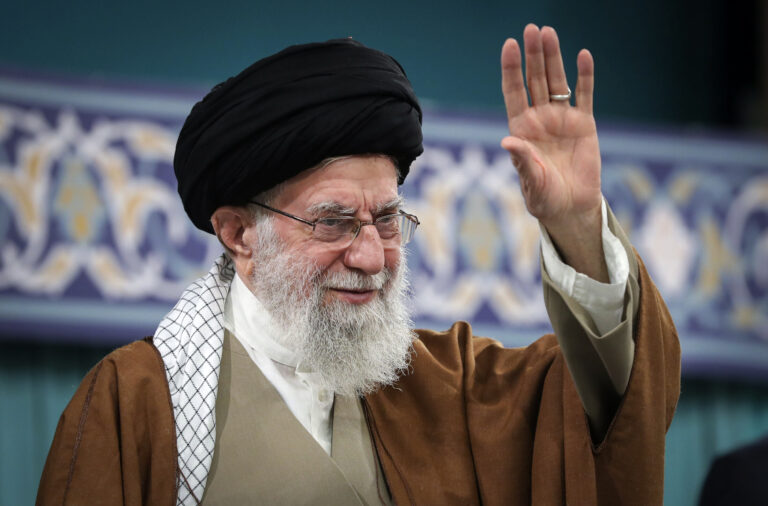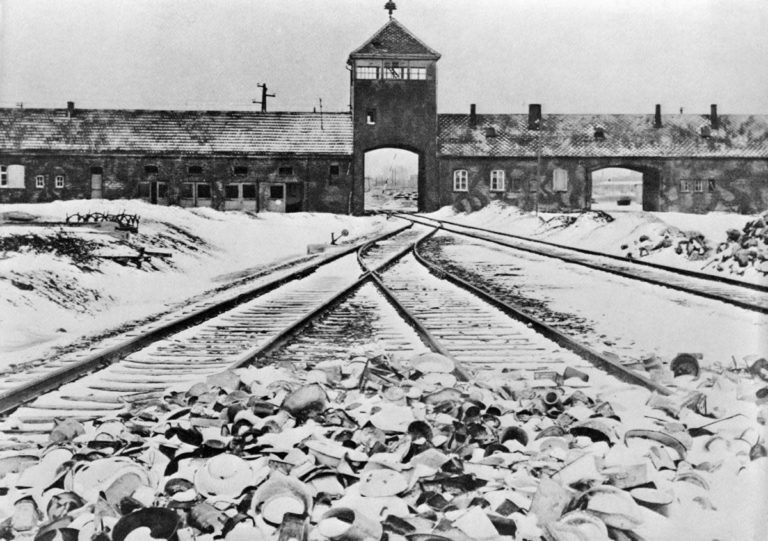Prime Minister Theresa May revealed her core election promises and political vision Thursday, saying she will slash immigration and take Britain definitively out of the EU, then build a “great meritocracy” by giving the poor a helping hand and lifting barriers to social mobility.
May’s platform for the June 8 election marks a big shift away from the strongly pro-business, free-market policies of past Conservative governments. She said leaving the EU offers the chance to build “stronger, fairer, more prosperous Britain” based on “a new contract between government and people.”
The Conservative election manifesto renews a promise to reduce net immigration to below 100,000 — a vow the party has made and broken since 2010. It sets no date by which Britain will reach the goal.
Many Britons who voted last year to leave the European Union were motivated by a desire to control immigration, which has soared as the EU has expanded. EU citizens have the right to live and work in other member states.
Net migration — the difference between the number of people moving to Britain and those leaving — was 273,000 in the year to September 2016, and has not been below 100,000 in 20 years.
After Britain leaves the EU — by 2019 at the soonest — the country will have more power to limit those moving to the country. But many economists say the “tens of thousands” target is arbitrary and could prevent companies recruiting workers with essential skills.
Paul Johnson, director of think tank the Institute for Fiscal Studies, said sharply reducing immigration would be “an additional cost on employers and the economy” because it implied losing a source of productive labor.
The Conservative platform says Britain will enter EU divorce negotiations “in a spirit of sincere cooperation” — and will pay an exit bill based on “a fair settlement of the U.K.’s rights and obligations as a departing member state.” The amount Britain will be asked to pay is expected to be one of the first flashpoints in the exit talks.
May insists she is determined to make a success of Brexit, which poses huge risks for the British economy. The value of the pound has tumbled since Britons voted to leave the bloc, pushing costs up and driving inflation past wage growth.
May’s economic vision outlined in the manifesto includes ideas more reminiscent of the center-left Labour Party than traditional Conservative policies.
May launched it with a speech in the northern England town of Halifax, a Labour seat the Tories hope to win on June 8. Opinion polls give May’s Conservatives a big lead over the opposition.
The platform signals that May is more willing than her predecessor, David Cameron, to let the state intervene in markets. There are promises to strengthen regulators and cap energy prices to ensure consumers aren’t ripped off by utility firms.
The manifesto also gives the government greater flexibility to raise and spend money. It scraps a guarantee that state pensions will rise by at least 2.5 percent a year, and abandons Cameron’s promise not to raise income tax. It also eases off on previous promises to eliminate the deficit, moving the target date to 2025.
There are promises to spend at least 8 billion pounds ($10.4 billion) more on health care by 2022, put more money into education and tackle the growing cost of elderly care, which risks becoming a social and fiscal crisis as the population ages.
To do that, May said she will remove some financial protections for pensioners — generally a group politicians are loath to alienate because of their high voter-turnout rates. A payment that pensioners currently receive to help pay winter fuel bills will in future go only to the poorest.
May is often compared to Britain’s only other female prime minister, Margaret Thatcher, who transformed the country with pro-market policies that came to be dubbed “Thatcherism.”
May’s political philosophy appears strikingly different. While Thatcher mistrusted the state, May’s election manifesto says that “government can and should be a force for good,” and outlines a more interventionist role in business and industrial strategy.
May rejected suggestions there is a distinctive vision that could be labeled “Mayism.”
“There is no Mayism,” she said. “There is good solid Conservatism.”
(AP)











